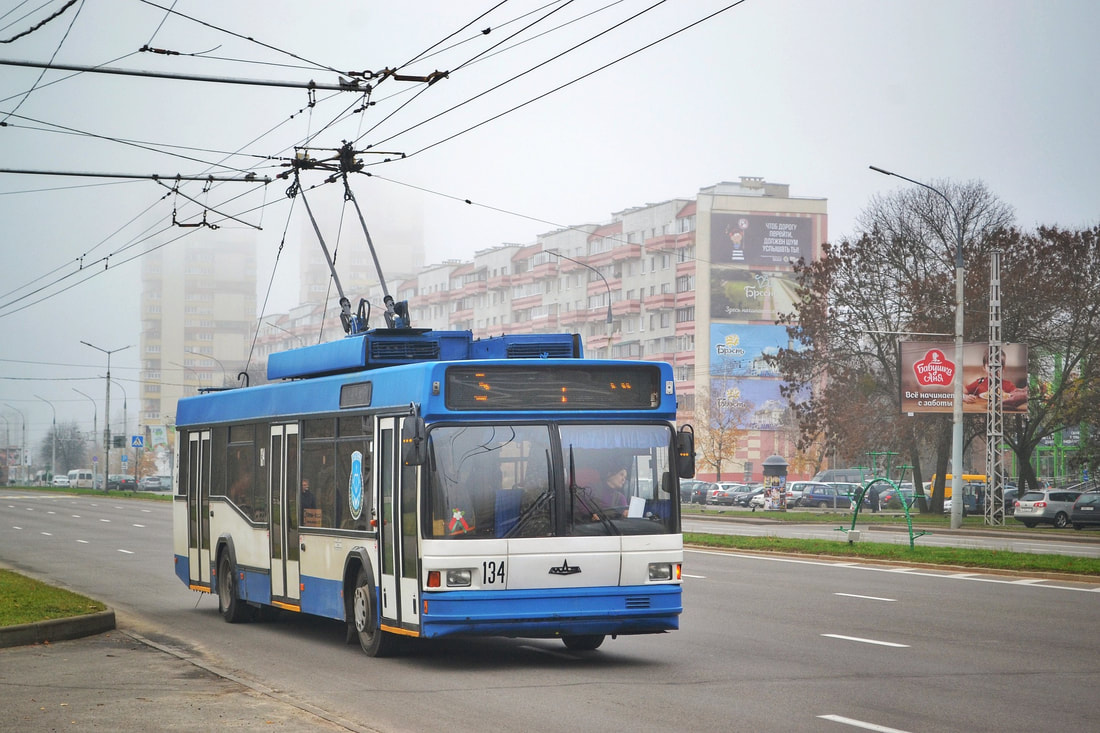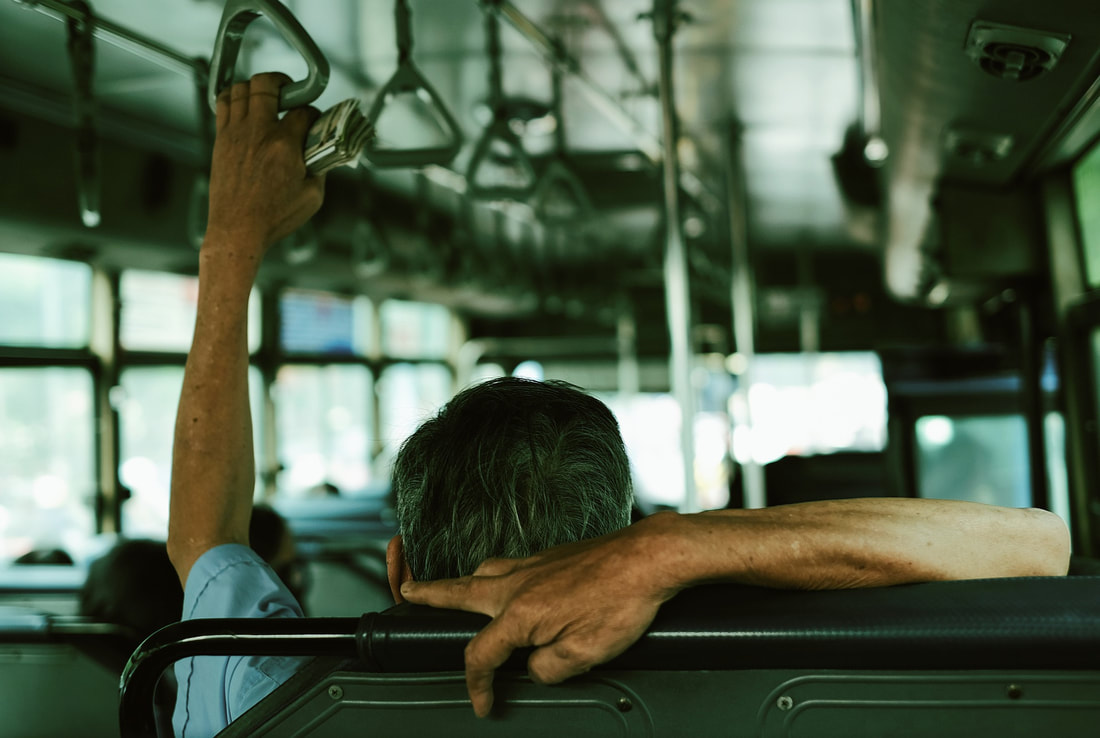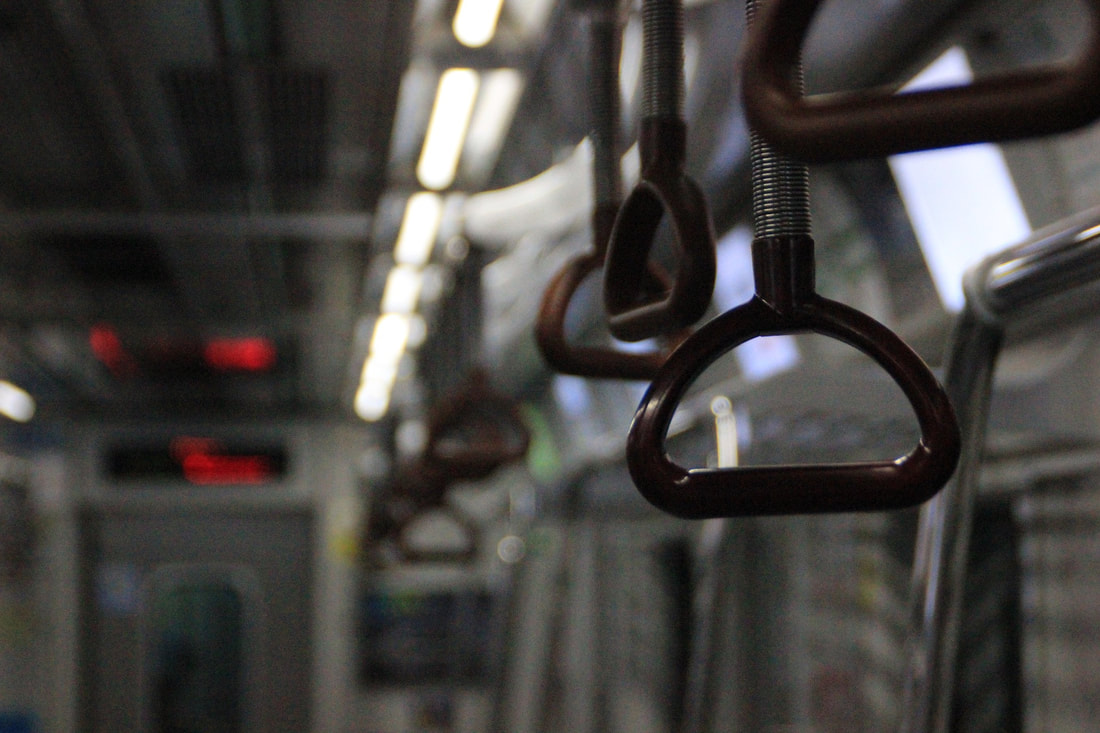|
In the hustle and bustle of modern life, public transport stands out as a crucial system facilitating group travel for the general public. Unlike private transport, public transit operates on fixed routes, adheres to schedules, and often requires a nominal fee for each journey. Let's embark on a journey through the intricate web of public transportation, from its historical roots to the innovative modes shaping urban mobility globally.
Historical Roots of Public Transport: From Ferries to Steam-Powered Subways
Public transport has a rich history, dating back to the inception of ferry services as the earliest conveyances for public hire. Greek mythology even recounts the mystical ferryman Charon, who ferried passengers to Hades upon payment. Over time, stagecoaches, horse-drawn boats, and canals played key roles in connecting communities. The introduction of the bus in Paris in 1662 marked the birth of organized public transit within cities. The 19th century witnessed transformative innovations, including the first passenger horse-drawn vehicle in 1806 and George Stephenson's Locomotion No 1, the world's first public steam railway, in 1825. Electric streetcars and subways revolutionized transit in the late 19th and early 20th centuries, setting the stage for the diverse modes of public transport we know today. |
Evolution of Public Transport: Buses, Coaches, and Beyond
Bus services, operating on conventional roads, emerged as a versatile mode of public transport, catering to shorter journeys with low capacity. The introduction of the public bus transport system in London in 1829 marked a significant milestone. Meanwhile, coaches, equipped with comfortable seating and additional amenities, became synonymous with long-distance transportation between suburbs and central business districts.
Trolleybuses and Online Electric Vehicles introduced innovative ways to power buses, embracing electric technologies. Trackless trolleys, reminiscent of old-style streetcars, found their niche in tourism, adding a touch of nostalgia to city streets.
Bus services, operating on conventional roads, emerged as a versatile mode of public transport, catering to shorter journeys with low capacity. The introduction of the public bus transport system in London in 1829 marked a significant milestone. Meanwhile, coaches, equipped with comfortable seating and additional amenities, became synonymous with long-distance transportation between suburbs and central business districts.
Trolleybuses and Online Electric Vehicles introduced innovative ways to power buses, embracing electric technologies. Trackless trolleys, reminiscent of old-style streetcars, found their niche in tourism, adding a touch of nostalgia to city streets.
Rail Transport: From Steam Engines to High-Speed Networks
Passenger rail transport, utilizing wheeled vehicles designed for railways, has long been associated with high capacity over significant distances. Intercity rail services, characterized by few stops and high speeds, connect multiple urban areas, often extending to international destinations. The development of high-speed rail networks, particularly in Europe and East Asia, has reshaped long-distance rail travel, providing quick and competitive alternatives to air services.
Passenger rail transport, utilizing wheeled vehicles designed for railways, has long been associated with high capacity over significant distances. Intercity rail services, characterized by few stops and high speeds, connect multiple urban areas, often extending to international destinations. The development of high-speed rail networks, particularly in Europe and East Asia, has reshaped long-distance rail travel, providing quick and competitive alternatives to air services.
|
Urban Rail Transit: A Mosaic of Modes
Urban rail transit encompasses a diverse array of local rail systems, including trams, light rail, rapid transit, people movers, commuter rail, monorail, suspension railways, and funiculars. Commuter rail services target outer suburbs and neighboring satellite cities, offering faster connections with frequent stops. Rapid transit systems, such as metros or subways, operate in urban areas with high capacity, frequency, and grade separation from other traffic. |
Innovative Solutions: Personal Rapid Transit, Cable-Propelled Transit, and Beyond
Exploring the future of public transport reveals cutting-edge solutions addressing evolving urban needs. Personal Rapid Transit (PRT), an automated cab service running on rails or guideways, holds promise for individualized and efficient transit experiences. Cable-Propelled Transit (CPT), including gondola lifts and cable cars, emerges as an aerial solution gaining traction in urban areas worldwide.
Exploring the future of public transport reveals cutting-edge solutions addressing evolving urban needs. Personal Rapid Transit (PRT), an automated cab service running on rails or guideways, holds promise for individualized and efficient transit experiences. Cable-Propelled Transit (CPT), including gondola lifts and cable cars, emerges as an aerial solution gaining traction in urban areas worldwide.
The Global Landscape and Challenges
Public transport systems vary globally, shaped by geographical, historical, and economic factors. While Asia sees profit-driven conglomerates operating transit systems, North America relies on municipal transit authorities, and Europe experiences a blend of state-owned and private operations. The International Association of Public Transport (UITP) serves as a global network connecting transit authorities, operators, and industry stakeholders.
Recent trends indicate a decline in public transport usage in high-wealth cities, attributed to factors like remote work, ride-sharing services, and affordable car loans. Cities like Toronto, Paris, Chicago, and London respond by implementing fare cuts and introducing new modes like e-scooters and e-bikes to revitalize public transit.
Public transport systems vary globally, shaped by geographical, historical, and economic factors. While Asia sees profit-driven conglomerates operating transit systems, North America relies on municipal transit authorities, and Europe experiences a blend of state-owned and private operations. The International Association of Public Transport (UITP) serves as a global network connecting transit authorities, operators, and industry stakeholders.
Recent trends indicate a decline in public transport usage in high-wealth cities, attributed to factors like remote work, ride-sharing services, and affordable car loans. Cities like Toronto, Paris, Chicago, and London respond by implementing fare cuts and introducing new modes like e-scooters and e-bikes to revitalize public transit.
Environmental Considerations and Conclusion
Amid these challenges, a growing emphasis on the environmental benefits of public transport emerges. With reduced emissions compared to private transportation, investing in public transit becomes a key climate change mitigation tactic. Luxembourg's bold move to abolish fares for trains, trams, and buses in 2020 sets a precedent for prioritizing sustainable transit solutions.
In conclusion, public transport's dynamic history and ongoing evolution reflect the ever-changing needs of urban populations. As we navigate the complex web of transit options, from historic ferries to futuristic PRT, one thing remains clear: the continuous pursuit of efficient, sustainable, and engaging public transportation is key to unlocking the full potential of urban mobility worldwide.
Amid these challenges, a growing emphasis on the environmental benefits of public transport emerges. With reduced emissions compared to private transportation, investing in public transit becomes a key climate change mitigation tactic. Luxembourg's bold move to abolish fares for trains, trams, and buses in 2020 sets a precedent for prioritizing sustainable transit solutions.
In conclusion, public transport's dynamic history and ongoing evolution reflect the ever-changing needs of urban populations. As we navigate the complex web of transit options, from historic ferries to futuristic PRT, one thing remains clear: the continuous pursuit of efficient, sustainable, and engaging public transportation is key to unlocking the full potential of urban mobility worldwide.








